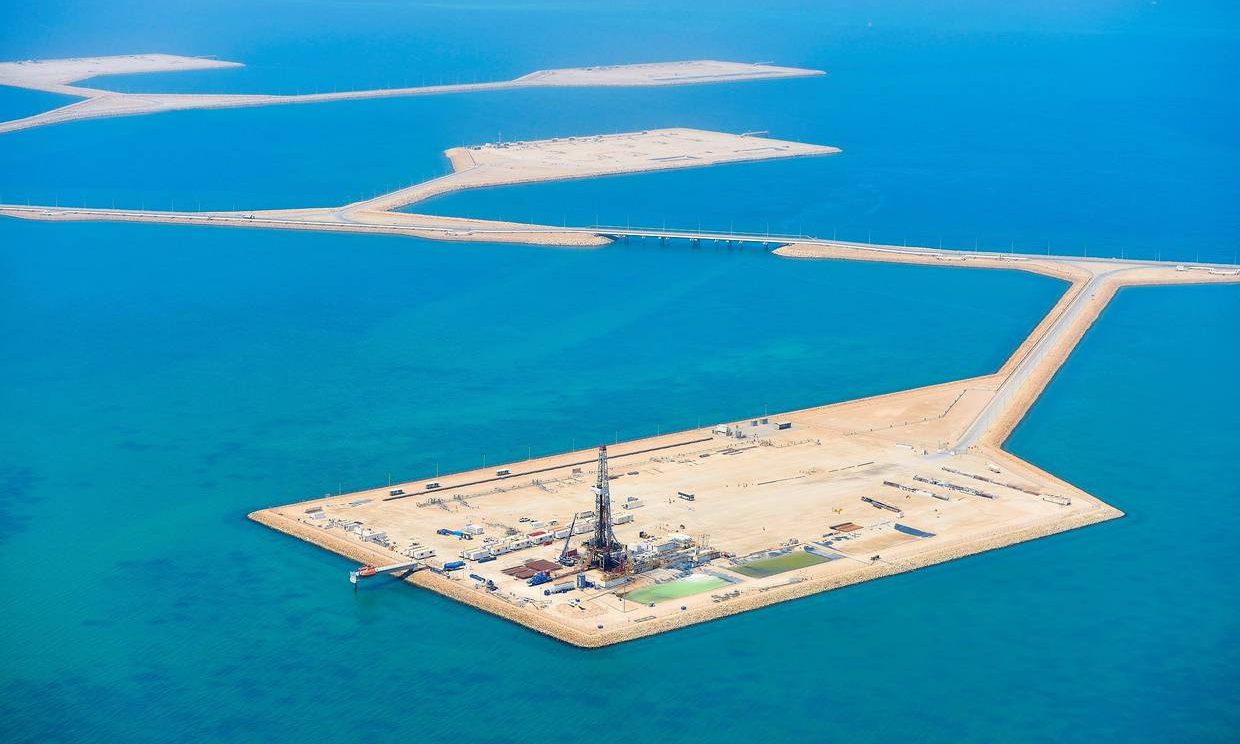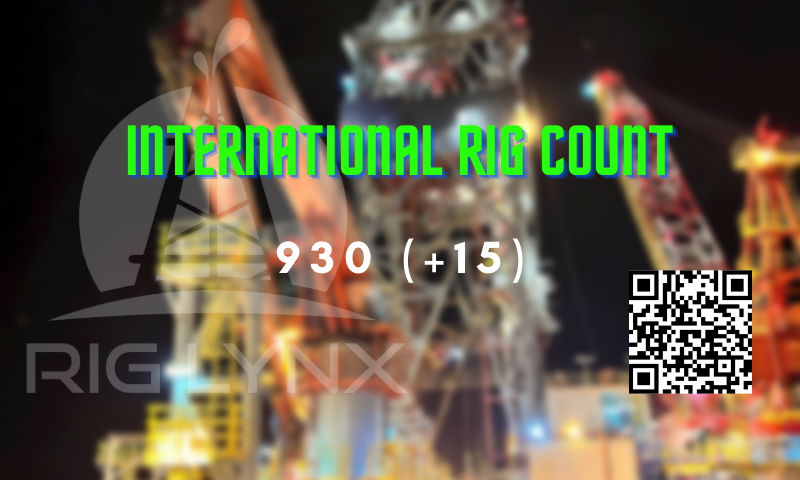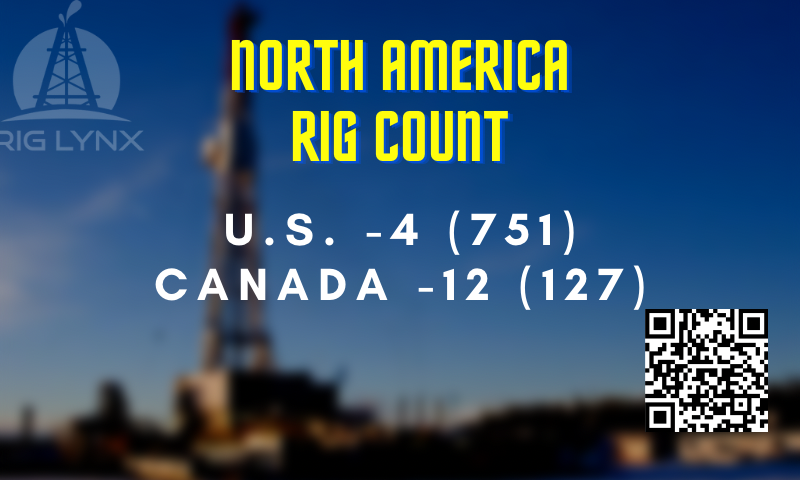
Saudi Arabia has turned its oil market fortunes around over the past 1 ½ years. From facing potential financial collapse due to a historic supply overhang of crude on the back of U.S. shale oil production and Riyadh’s late 2014 decision to turn on the oil production spigot to flood markets, retain market share and drive prices to the ground to force non-OPEC, mostly U.S. producers, out of business, the OPEC de facto leader cleverly formed a new partnership with Russia to get its oil market swagger back.
In essence, what the Saudis and a collective OPEC for that part could not do, it overwhelmingly achieved with Russian and non-OPEC help. OECD oil inventory levels dipped to five year averages recently, oil prices have reached multi-year highs and the Saudis are back where they are most comfortable, seemingly in the business of calling the shots in global oil markets, even promoting President Trump to use twitter to appeal to the Saudi oil production apparatus to curb rising oil prices – a development that as recently as a year ago most market observers thought would never happen again given the surge in US oil production.
All of this posturing and re-posturing hasn’t been lost in Asia, particularly in China, the world’s largest energy consumer and largest crude oil importer. There have been stark disagreements recently between Saudi Arabia and Chinese state-run oil major Sinopec, one of Saudi Aramco’s biggest customers and Asia’s largest refiner, over Saudi oil pricing.
In April, Sinopec, apparently exasperated at Saudi price increases, said that it would reduce Saudi oil import loading in May by 40 percent due to Saudi Aramco increasing the price of its flagship Arab Light Crude sold to Asian refiners. Saudi Arabia produces a range of crudes ranging from Arab Extra Light to Arab Heavy and prices each blend accordingly.
Saudi Aramco sets its crude prices based on recommendations from customers and after calculating the change in the value of its oil over the past month, based on yields and product prices. Arab Light Crude had already been trading near three-year highs, even as the state-owned oil giant had lowered official selling prices (OSPs) for medium and heavier crude grades. (continued on page 2)
Check out our other current stories, we dare you…
- Goodbye Rolls Royce marine division
- West Capella bags 5 well deal in Malaysia for Shell
- Seadrill wins early termination suit against Tullow
<
New oil pricing formula
Now, Saudi Aramco is changing the formula it uses to price its long-term crude oil sales to Asia in a move that analysts say is aimed at improving the overall reliability of its pricing.
The state-owned Saudi oil giant said on Wednesday that the move represents the first change to benchmarks for its OSP since the mid-1980s. Saudi Aramco’s new Asia price marker will replace the Platts Oman marker with Dubai Mercantile Exchange (DME) Oman effective Oct. 1, 2018, creating a hybrid between two major Asian price benchmarks.
Ahmed Subaey, Saudi Aramco’s vice president of marketing, sales and supply planning said the inclusion of the DME Oman price complements the existing Platts Dubai price to provide the company’s customers with better visibility into price dynamics. Transparency and even trying to understand Saudi Arabia’s oil price formulations have been a point of contention for its customers for years.
Subaey added that the idea behind the change was to make sure the marker was market-reflective, well-regulated and predictable. Saudi Aramco’s new price benchmark could also not only signify a good will gesture to its Asian oil buyers, particularly China, but it will also help the country hold and possibly regain market share against a host of other competitions, including Russia, Iran, the U.S. and others.
Moreover, with the possibility that China will make good on its threat to impose tariffs on U.S. oil imports as well as the possibility that Iranian oil imports to China could be impacted by upcoming renewed U.S. sanctions against Iran, it’s also a timely move to capture market share in the case of these possible eventualities.
Check out our other current stories, we dare you…
- Goodbye Rolls Royce marine division
- West Capella bags 5 well deal in Malaysia for Shell
- Seadrill wins early termination suit against Tullow
——Want to connect with people like you?——
Want a career in the Oil and Gas?
Connect with them!




